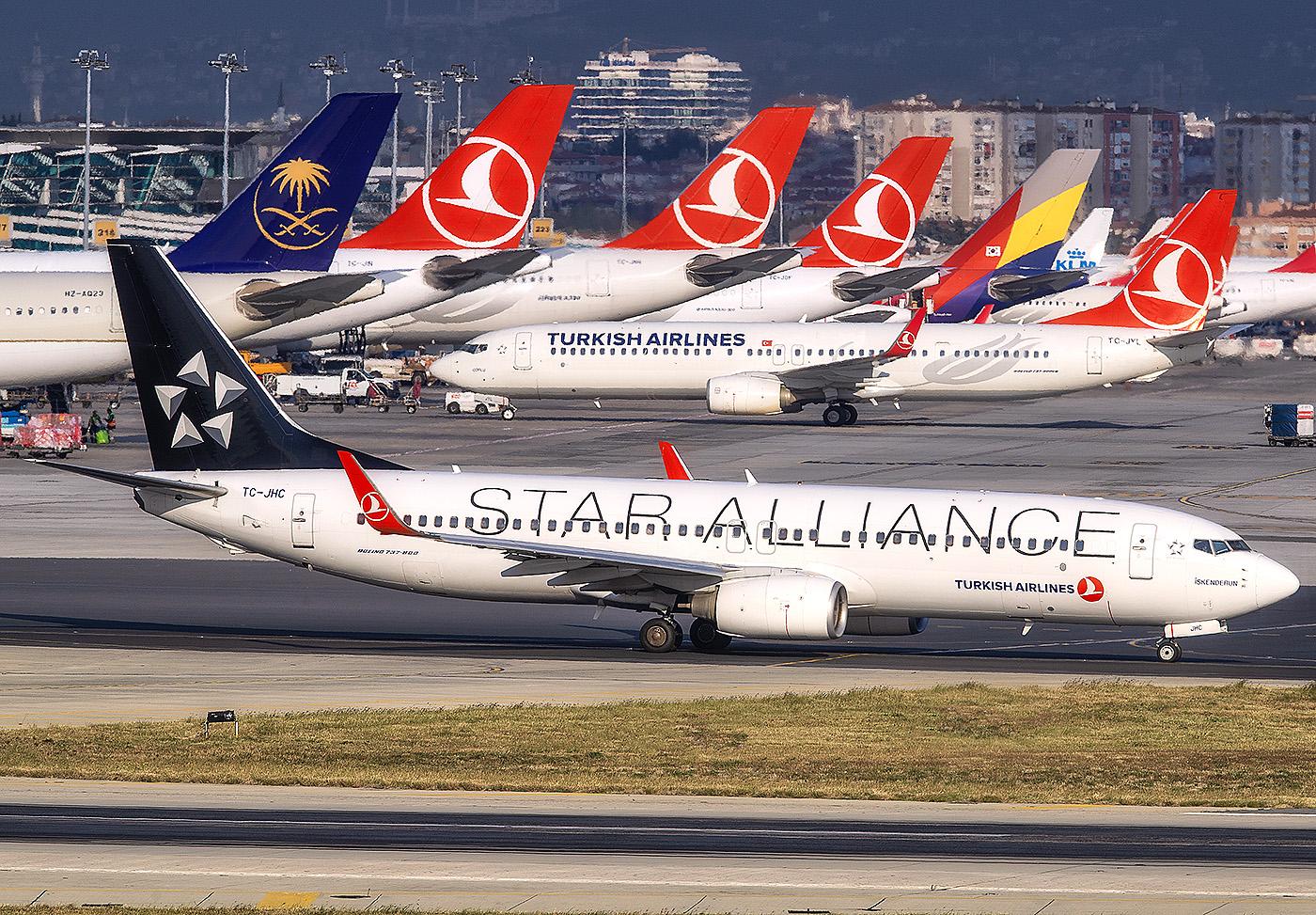
ACI World forecasts global airports will not see 2019 passenger levels until 2024 and perhaps as late as 2026, but the airport association remains bullish on long-term demand prospects.
The world’s airports handled 6.6 billion passengers in 2022, which was 71.7% of 2019 levels, according to ACI World, which predicts global airports will handle 92% of 2019 passenger numbers this year.
“However, the pessimistic perspective indicates that the recovery can be delayed to the year 2026 due to macroeconomic risks,” the organization warns.
Last year’s passenger total was a jump from the 4.6 billion passengers handled in 2021, which stood at 50.5% of 2019 levels. Over the long term, ACI World is forecasting the world’s airports will handle 19.3 billion passengers in 2041, nearly triple 2022’s total.
The figures were released as part of ACI World's latest 20-year forecast.
ACI World DG Luis Felipe de Oliveira cautions the continued momentum of the near-term recovery is fragile because of macroeconomic challenges. “We are cognizant that the speed of the recovery depends on several factors,” he says. “On the one hand, the possible slowing in GDP growth in major economies coupled with the rise in airfares due to higher jet fuel prices weigh negatively on demand. On the other hand, a strong labor market and the re-opening of China, the second largest aviation market after the United States, represents an important boost to global passenger traffic.”
ACI World notes “recovery patterns remain uneven into 2023” in terms of regions: “The conflict in Ukraine is unlikely to end in 2023 and the economic impacts on air transport will continue to be felt not only in European markets but also globally.”
The strongest region is the Americas. ACI World reports: “The Americas is home to several markets with passenger numbers reaching 2019 levels [in 2022] for a full recovery. In fact, the sizable markets of Mexico and Colombia have already surpassed 2019 traffic numbers. On the whole, despite the prospect of a recession later in the year, North American markets are expected to come close to 2019 traffic numbers by the end of 2023, whereas markets in Latin America and the Caribbean have a good chance at surpassing 2019 levels in 2023.”
ACI World says “uncertainty” around the air travel recovery “remains omnipresent” among airports. “Aviation is very much linked to … macroeconomic factors,” the organization says. “Like any other good or service, the impact of prices and disposable income remain important determinants of air transport demand... The speed of the recovery for 2023 and beyond still depends on several factors with a number of market pendulums moving in opposite directions, thus creating a level of uncertainty.”
"The interplay between geopolitical conflicts and rising prices remains a top economic threat to the global economy,” ACI World says.
Over the long term, ACI World expects China, India and the U.S. to account for a combined 43% of the 153.8 million aircraft movements at the world’s airports in 2041. The U.S. will lead the way at 23% of the world’s aircraft movements in 2041, with China at 16% and India at 4%, ACI World says.
